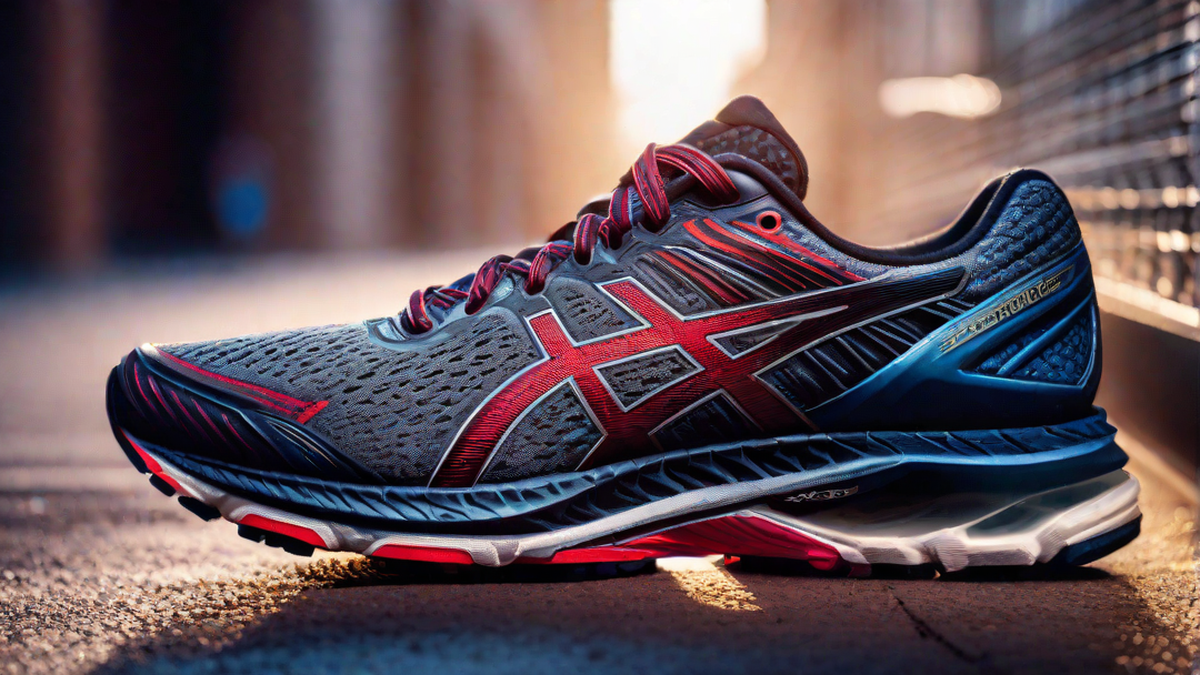Running is a sport that requires dedication, discipline, and the right gear. One of the most important pieces of equipment for any runner is a good pair of running shoes. As a passionate runner myself, I understand the significance of having the right shoes to support and protect my feet during each run. In this article, I will delve into the topic of how often you should replace your running shoes, based on my personal experiences and research.
The Lifespan of Running Shoes
Running shoes, like any other piece of athletic equipment, have a lifespan. The average lifespan of a pair of running shoes is typically around 300-500 miles. However, this can vary depending on various factors, such as your running style, body weight, and the type of terrain you run on.
Personally, I tend to replace my running shoes around the 400-mile mark. This is because the cushioning and support in the midsole begins to break down after extensive use, which can lead to discomfort and increased risk of injury. As a runner, it is crucial to prioritize your foot health and replace your shoes when necessary.
Signs It’s Time for New Shoes
While the mileage guideline is a good starting point, it’s important to pay attention to the condition of your shoes as well. Here are some signs that indicate it’s time to invest in a new pair:
- Visible Wear and Tear: Check the outsole for excessive wear, especially in high-impact areas like the heel and forefoot. If the tread is worn down, it’s a clear sign that your shoes have served their purpose.
- Loss of Cushioning: As I mentioned earlier, the midsole cushioning is one of the first things to deteriorate. If you start to feel more impact during your runs or notice a decrease in shock absorption, it’s a sign that you need new shoes.
- Pain or Discomfort: If you experience new aches or pains in your feet, ankles, knees, or hips during or after your runs, it could be a result of worn-out shoes. Don’t ignore these signals from your body.
- Uneven Wear Pattern: Take a close look at the wear patterns on the outsole. If you notice excessive wear on one side or in specific areas, it may be a sign of biomechanical imbalances or improper shoe fit.
Factors to Consider
While the general guideline of 300-500 miles is a good rule of thumb, it’s essential to consider other factors that can affect the lifespan of your shoes:
- Running Surface: If you primarily run on rough or uneven surfaces, your shoes may wear out faster compared to running on a track or treadmill.
- Running Frequency: If you’re a consistent and frequent runner, you may need to replace your shoes more often than someone who runs occasionally.
- Body Weight: Heavier runners put more stress on their shoes, which can lead to faster wear and tear.
Investing in the Right Shoes
When it comes to running shoes, quality matters. Investing in a good pair of running shoes can make a world of difference in your running performance and overall comfort. Before purchasing new shoes, it’s essential to consider factors such as your foot type, running style, and any specific foot conditions or biomechanical issues you may have.
If you’re unsure about which shoes to buy, it’s worth visiting a specialty running store or consulting with a professional shoe fitter. They can analyze your gait, measure your feet, and recommend shoes that provide the necessary support and cushioning for your unique needs.
In Conclusion
As a runner, replacing your running shoes at the right time is crucial for your foot health and overall running experience. While the standard guideline of 300-500 miles is a good starting point, it’s important to pay attention to the condition of your shoes and listen to your body. Remember, investing in the right pair of running shoes is an investment in your running journey.

